Nunavut: Are they Making the Most of their Independence and Resources?
Nunavut: Canada's Northern Territory
Background and Demographics
Nunavut became Canada's newest territory on April 1, 1999, after separating from the Northwest Territories. This creation marked the first major change to Canada's political map since Newfoundland and Labrador joined confederation in 1949. Nunavut, which means "our land" in Inuktitut, was established through the Nunavut Land Claims Agreement, the largest Aboriginal land claim settlement in Canadian history.
Nunavut has one representative in the House of Commons and one senator in the Canadian Parliament. With a population of approximately 39,000 people (as of 2021 census), it is Canada's least populous territory or province. The three largest communities are:
-
Iqaluit (capital): ~7,500 residents
-
Rankin Inlet: ~3,000 residents
-
Arviat: ~2,800 residents
Economy and Income Disparity
Nunavut's economy is a mix of traditional Inuit practices (hunting, fishing, and trapping) and modern sectors including mining, tourism, and government services. The territory has significant mineral resources, including gold, zinc, diamonds, and iron ore.
The income gap between Nunavut and more populous provinces like Ontario is substantial:
-
The median household income in Nunavut is approximately $85,000 CAD, which seems high but is offset by the extremely high cost of living.
-
By comparison, Ontario's median household income is around $80,000 CAD, but with a much lower cost of living.
The territory faces a stark economic reality: while some resource sector and government jobs pay well, the cost of basic necessities can be 2-3 times higher than in southern Canada. A simple grocery basket that might cost $100 in Ontario could cost $300 or more in Nunavut communities due to transportation challenges.
Major Challenges
Nunavut faces several significant challenges:
-
Housing Crisis: Severe housing shortages and overcrowding, with waiting lists for public housing often spanning years.
-
Food Insecurity: High food prices make nutritious eating challenging, with food insecurity rates around 70% - the highest in Canada.
-
Infrastructure Deficits: Limited transportation infrastructure (no roads connecting communities), inadequate broadband, and aging facilities.
-
Healthcare Access: Shortage of healthcare professionals and facilities, requiring expensive medical travel for many services.
-
Climate Change: Rapidly warming Arctic temperatures affecting traditional hunting and travel routes, infrastructure, and way of life.
Political Relationship with Ottawa
While there is no substantial "succession" movement in Nunavut, there are ongoing discussions about the territory's relationship with the federal government. Key concerns include:
-
Self-Determination: Increasing Inuit self-governance and decision-making power within the Canadian federation.
-
Resource Revenue Sharing: Negotiations around how resource revenues should be distributed between territorial and federal governments.
-
Federal Funding: Concerns about the adequacy of federal transfers given Nunavut's unique challenges and infrastructure needs.
-
Implementation of Land Claims: Ongoing issues with the full implementation of the Nunavut Land Claims Agreement.
Nunavut political leaders frequently advocate for greater autonomy within Canada rather than separation from it. The territory continues to work within the Canadian federation while seeking greater recognition of its unique needs and aspirations to preserve Inuit culture, language, and way of life.
Author: Mark Bajanen with the assistance of Type.AI for details
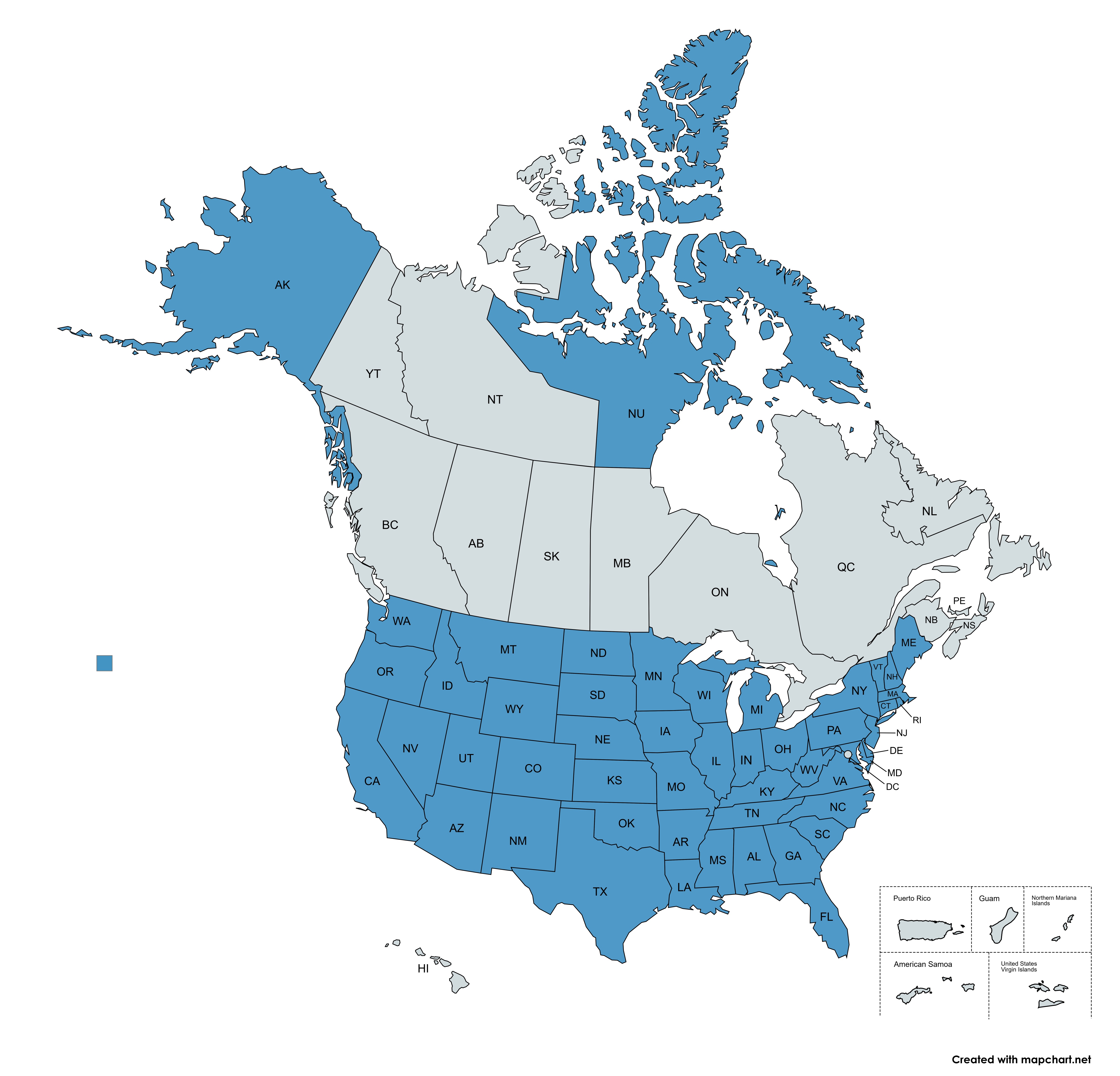
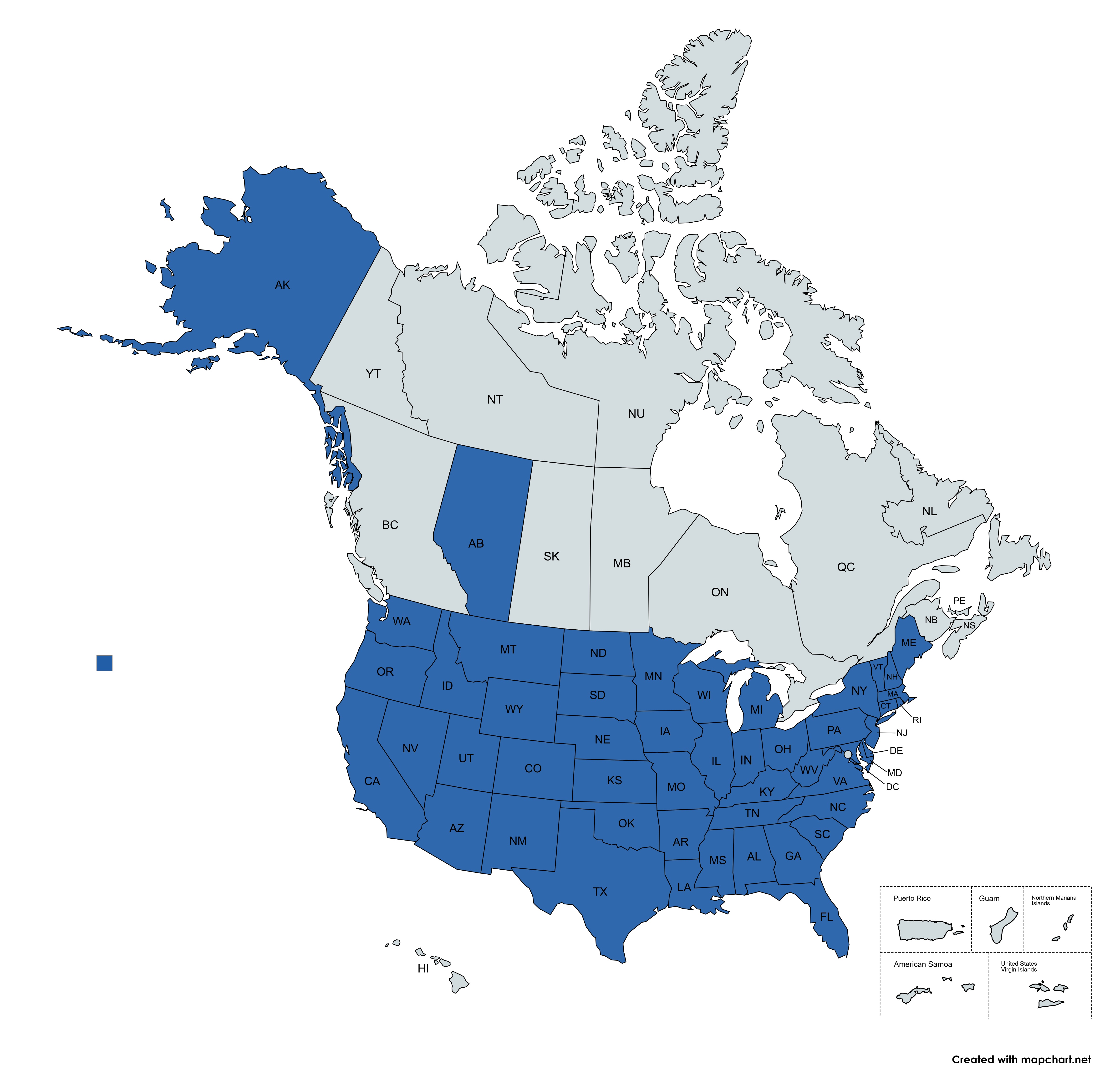
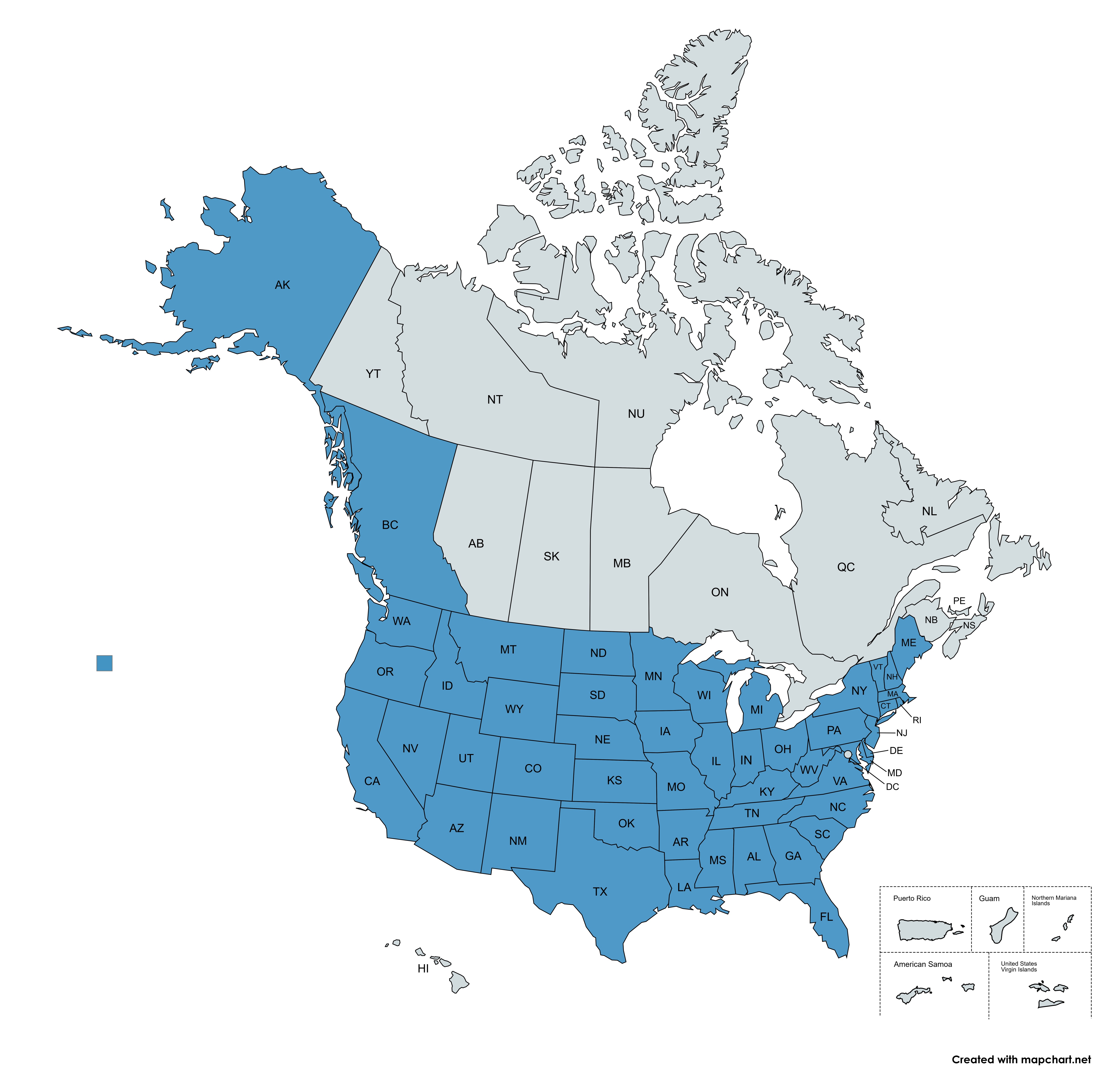
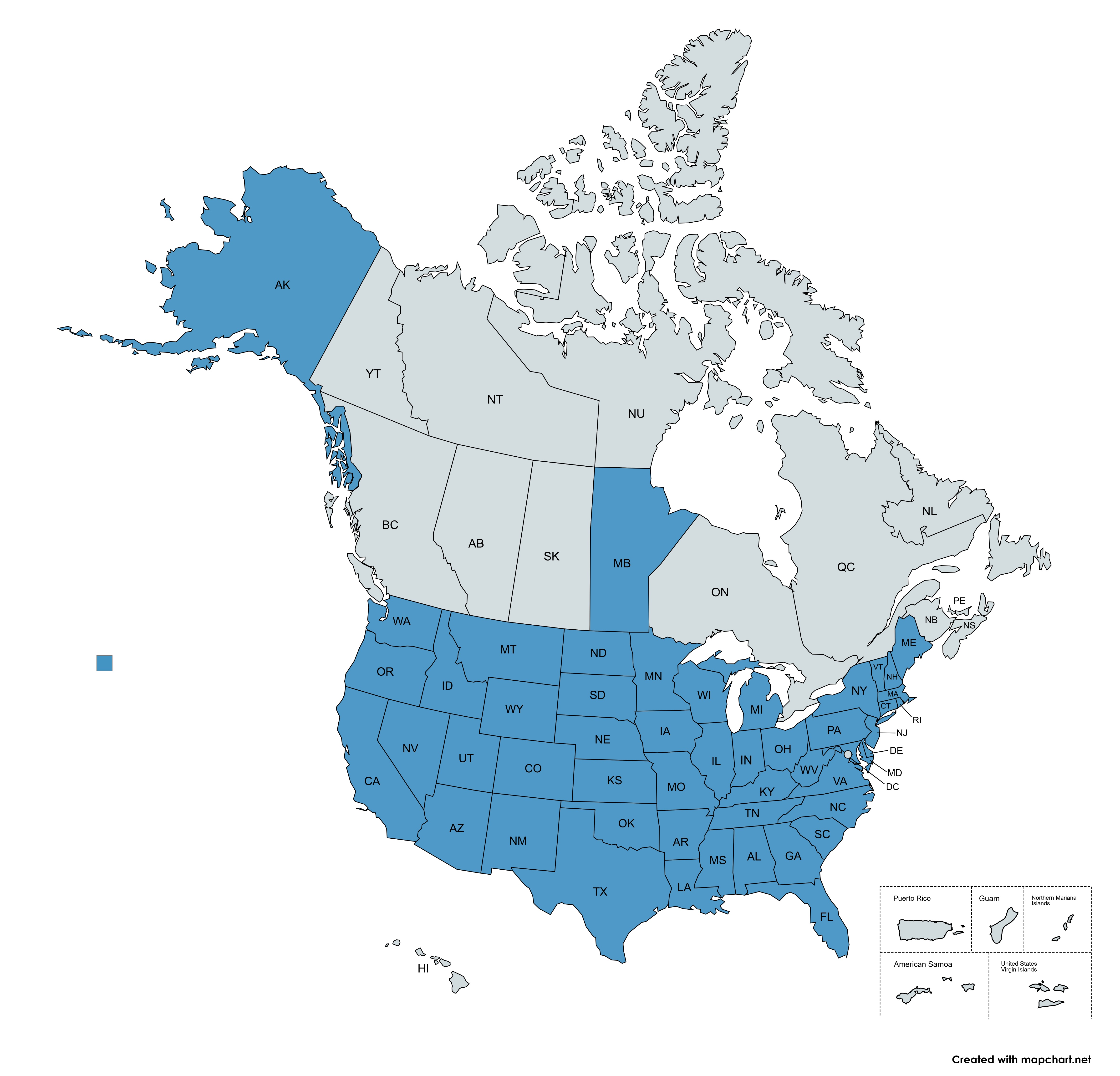
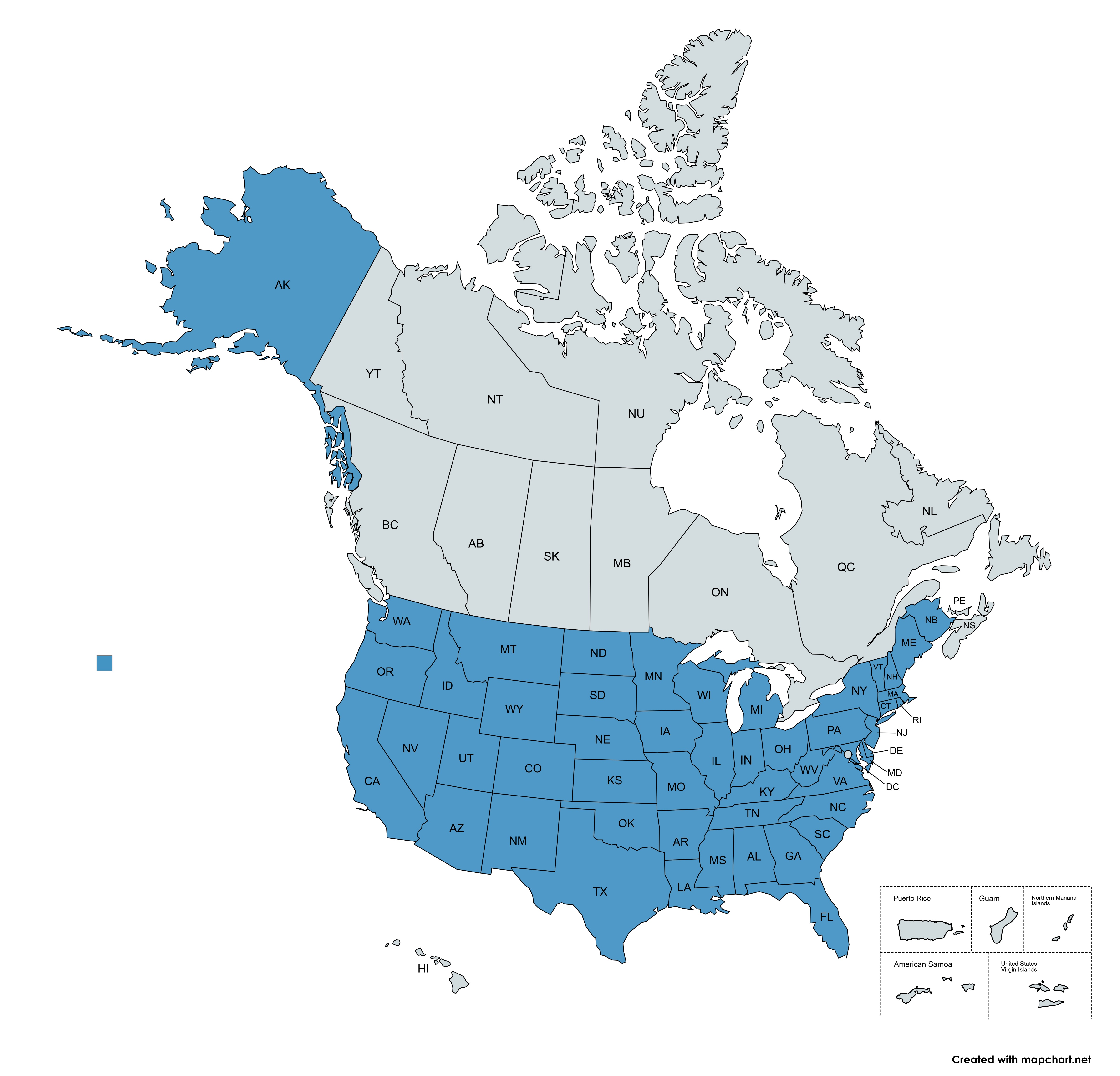
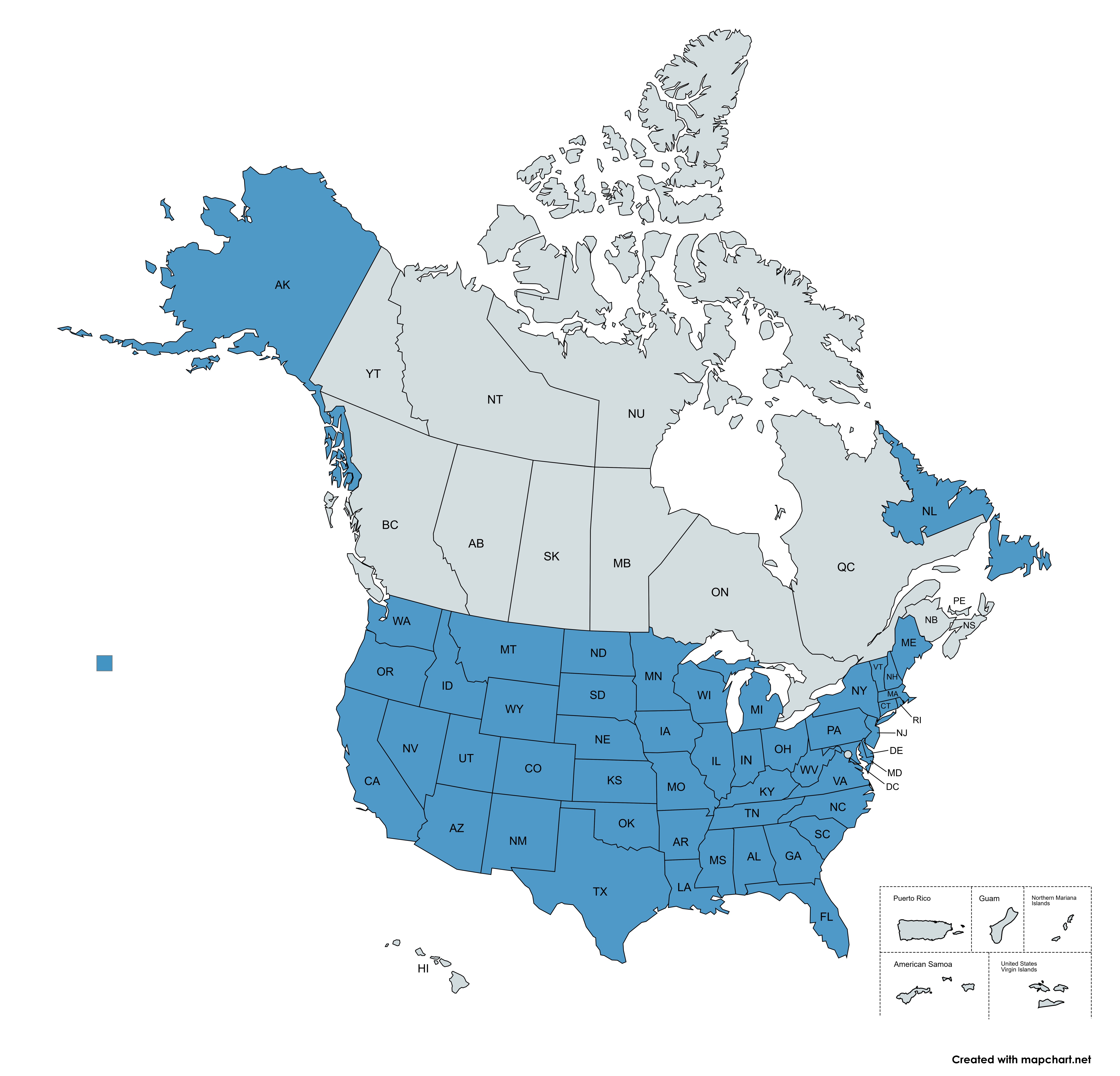
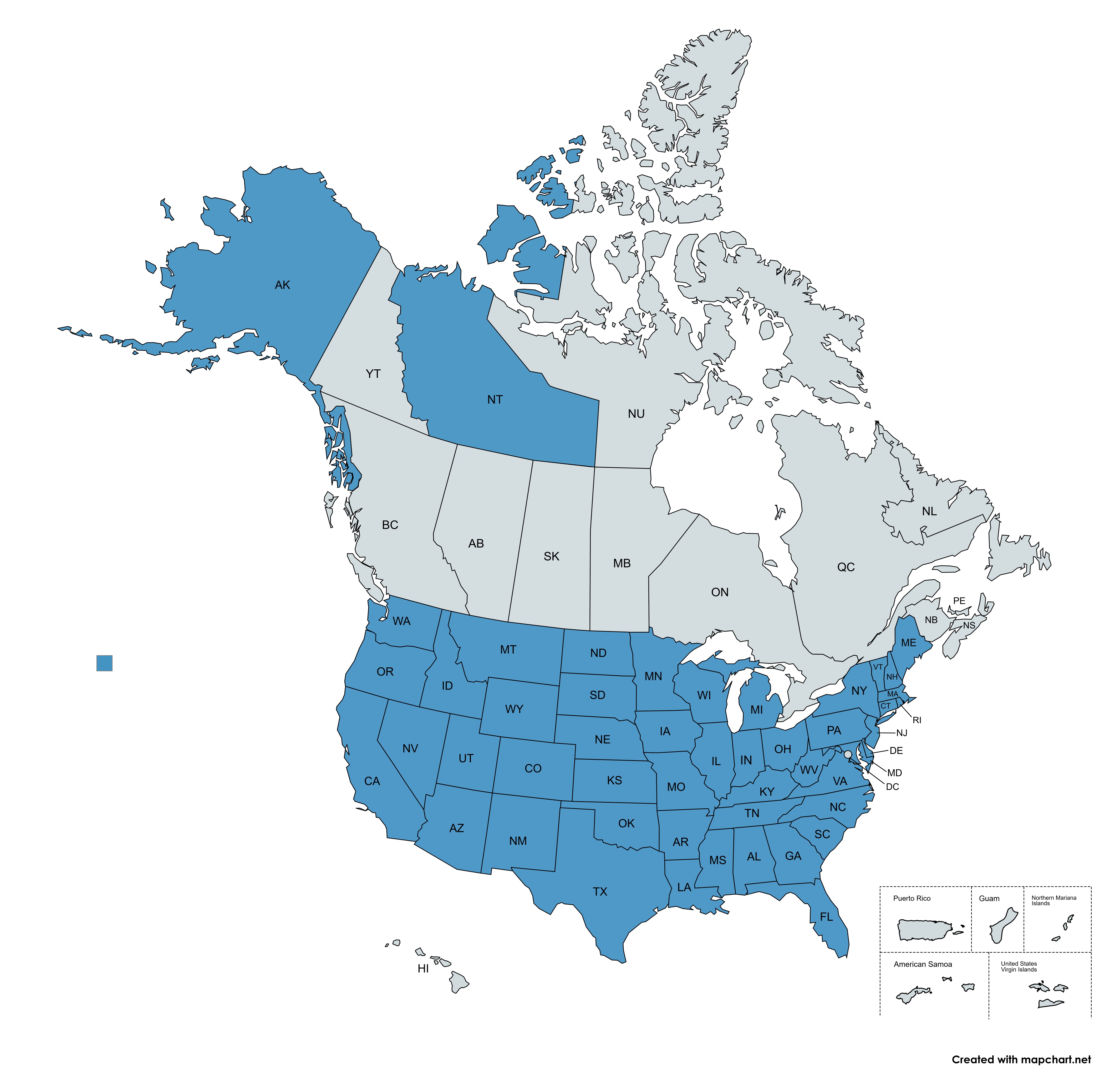
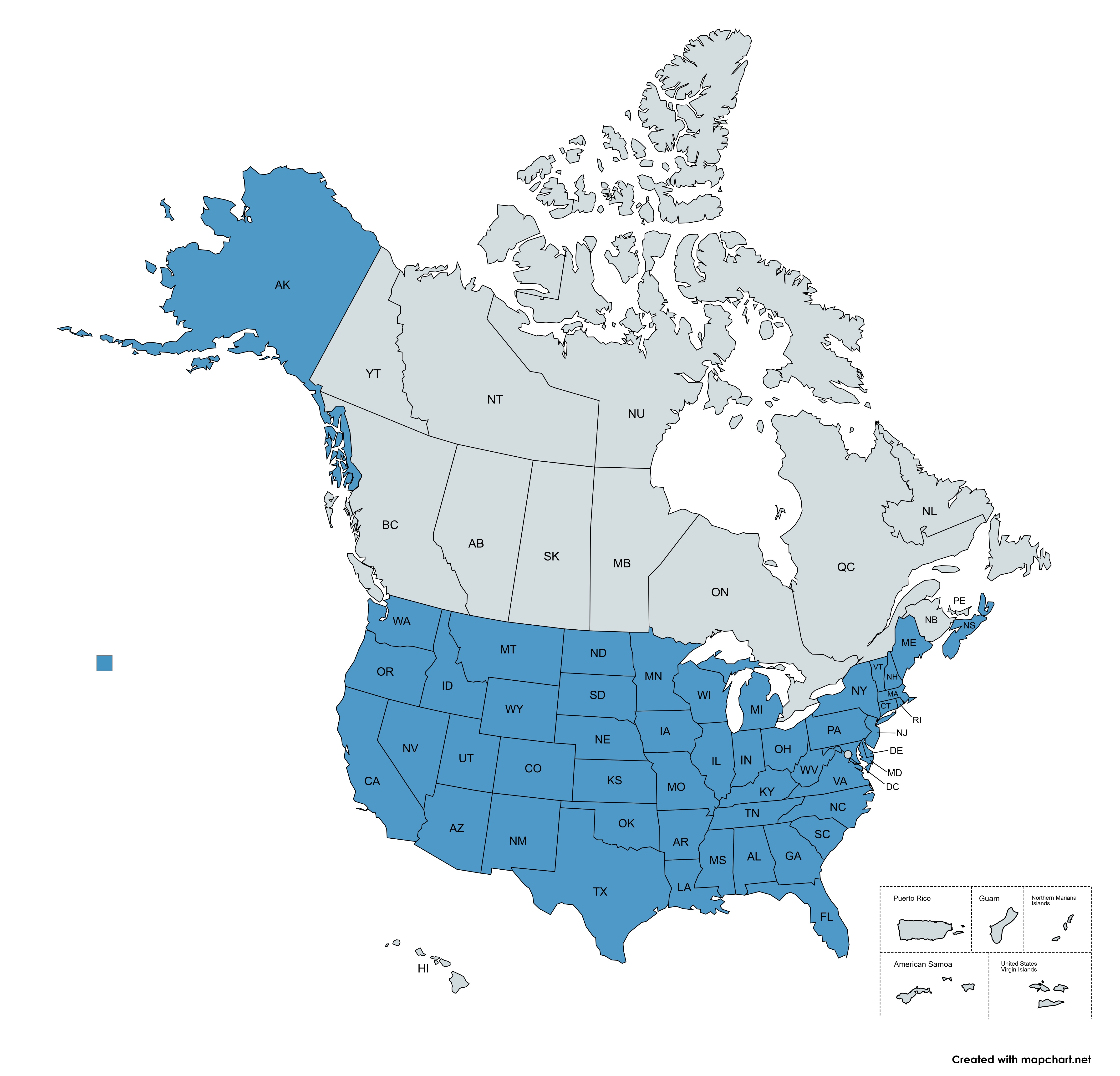
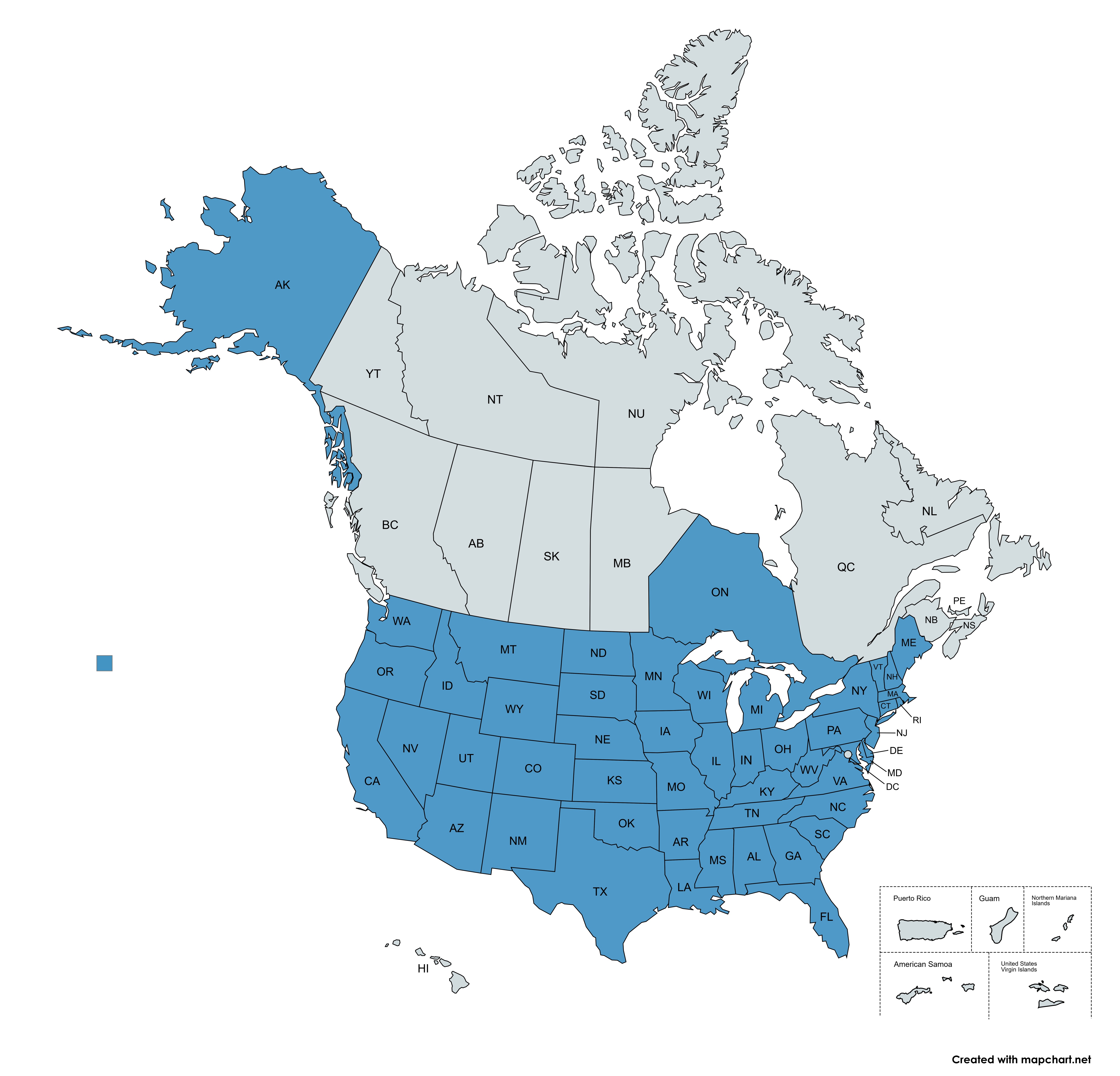
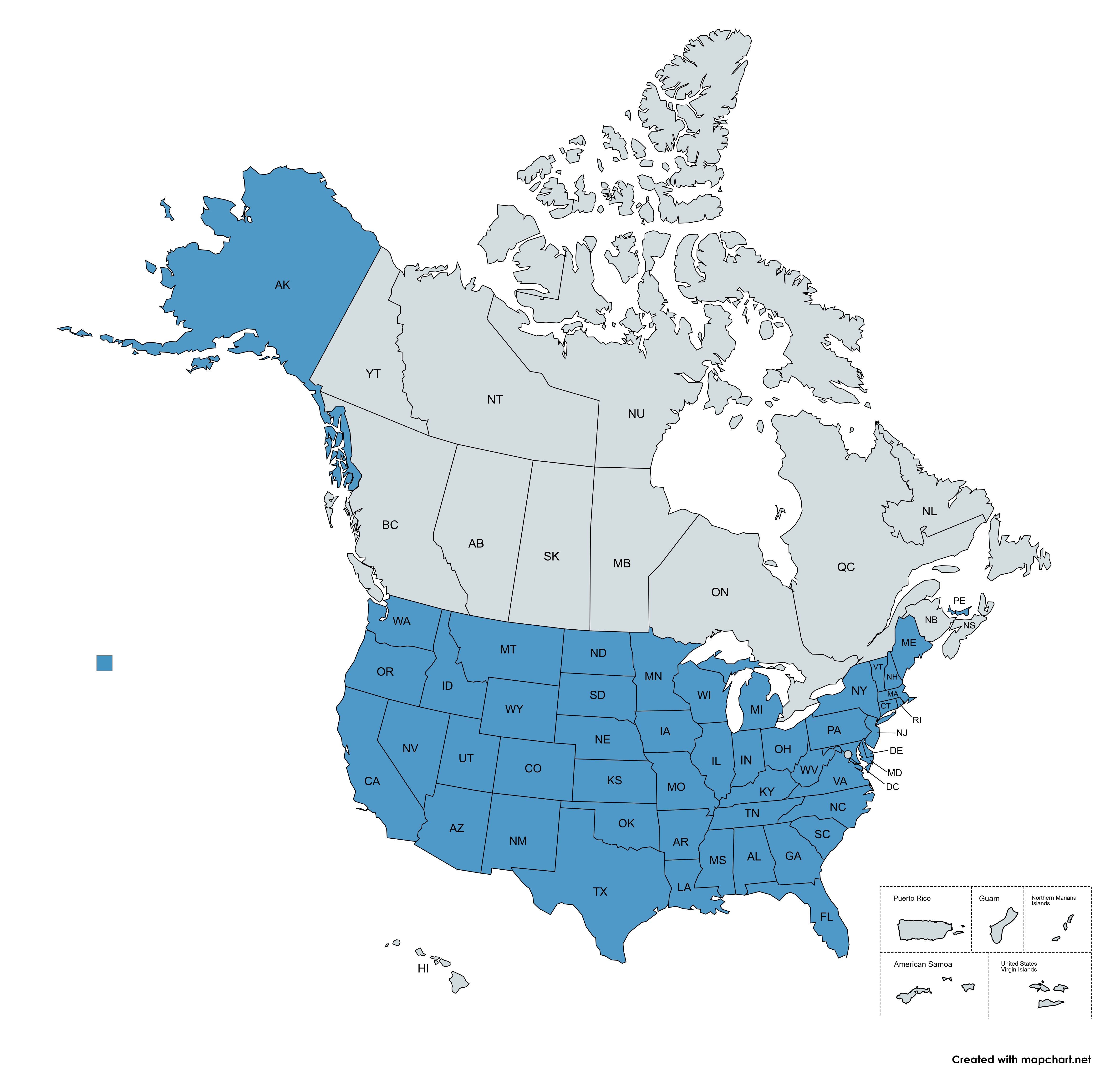
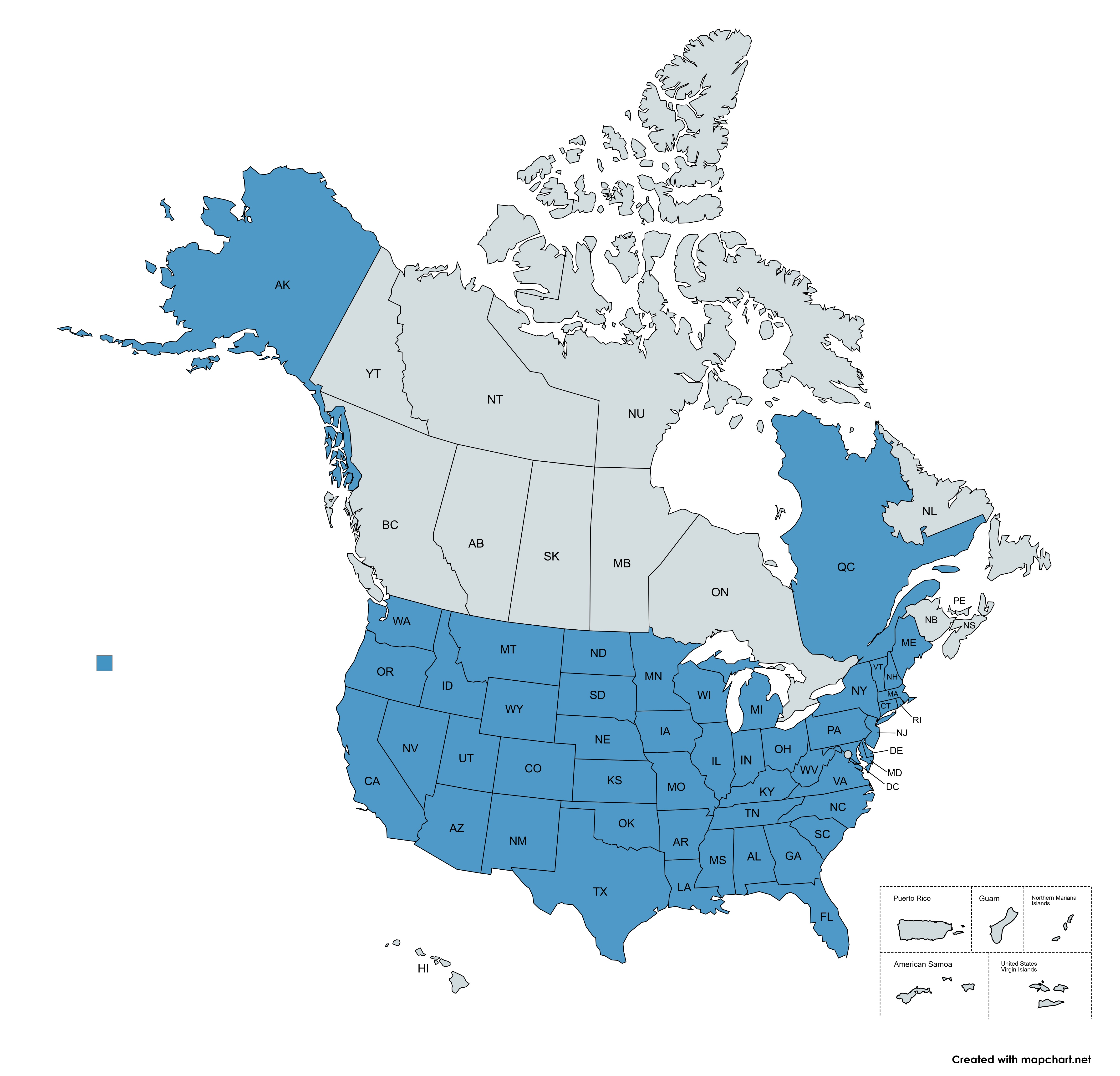
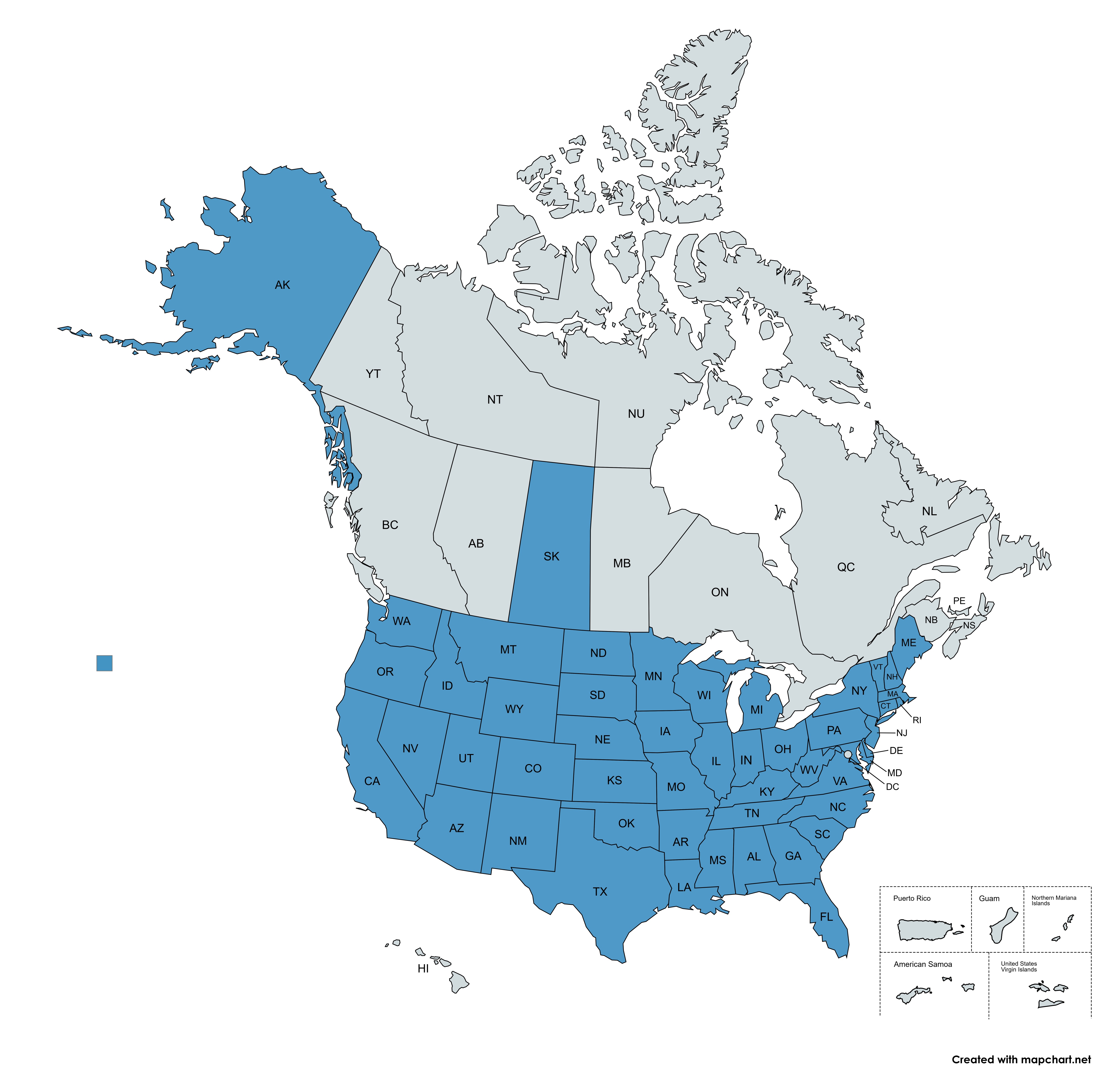
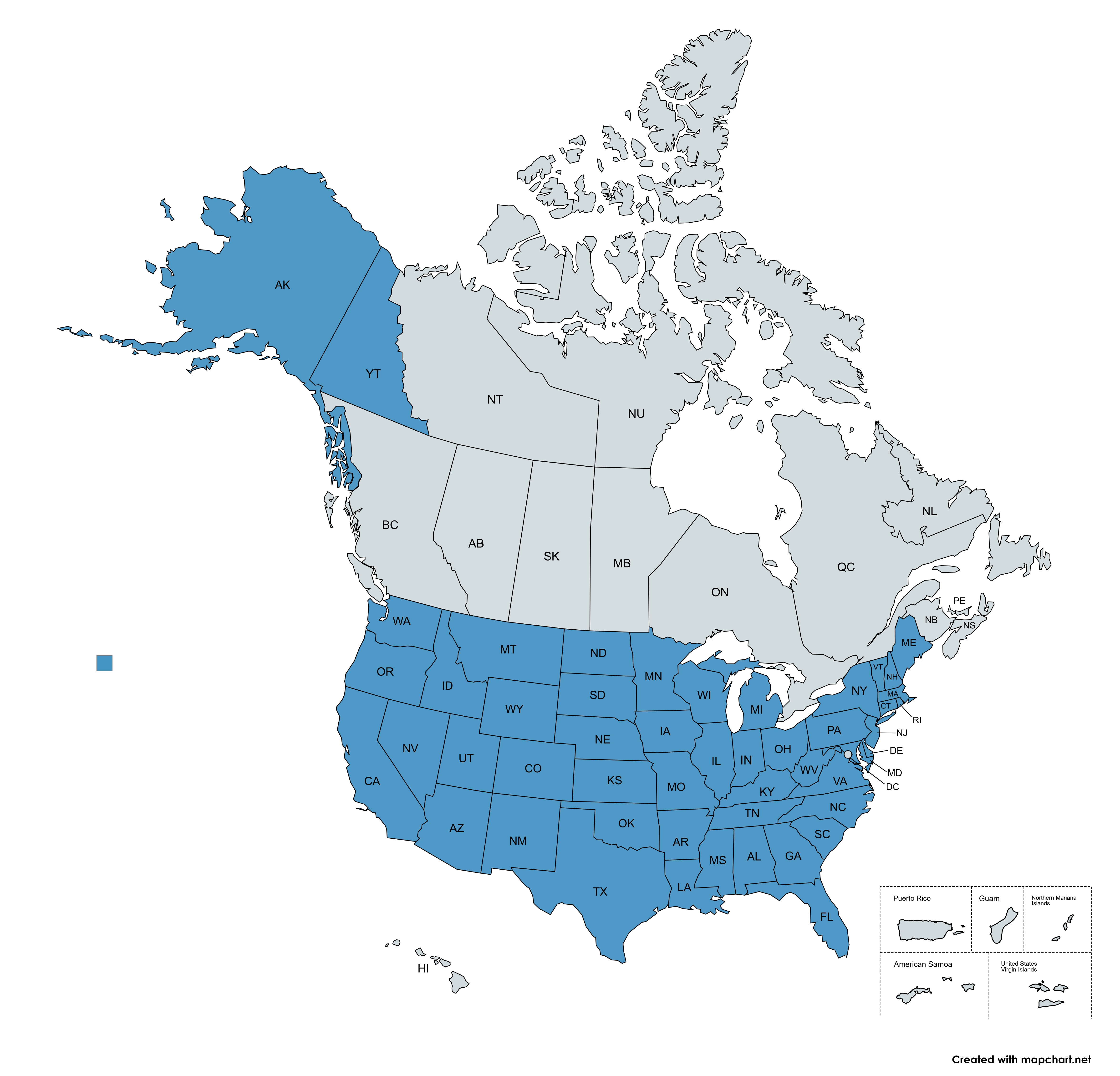
Comments
No comments yet. Be the first to comment!